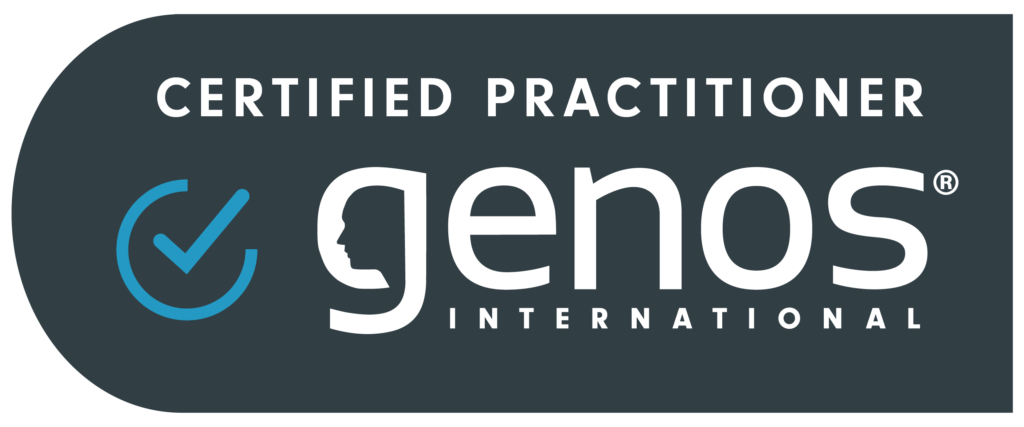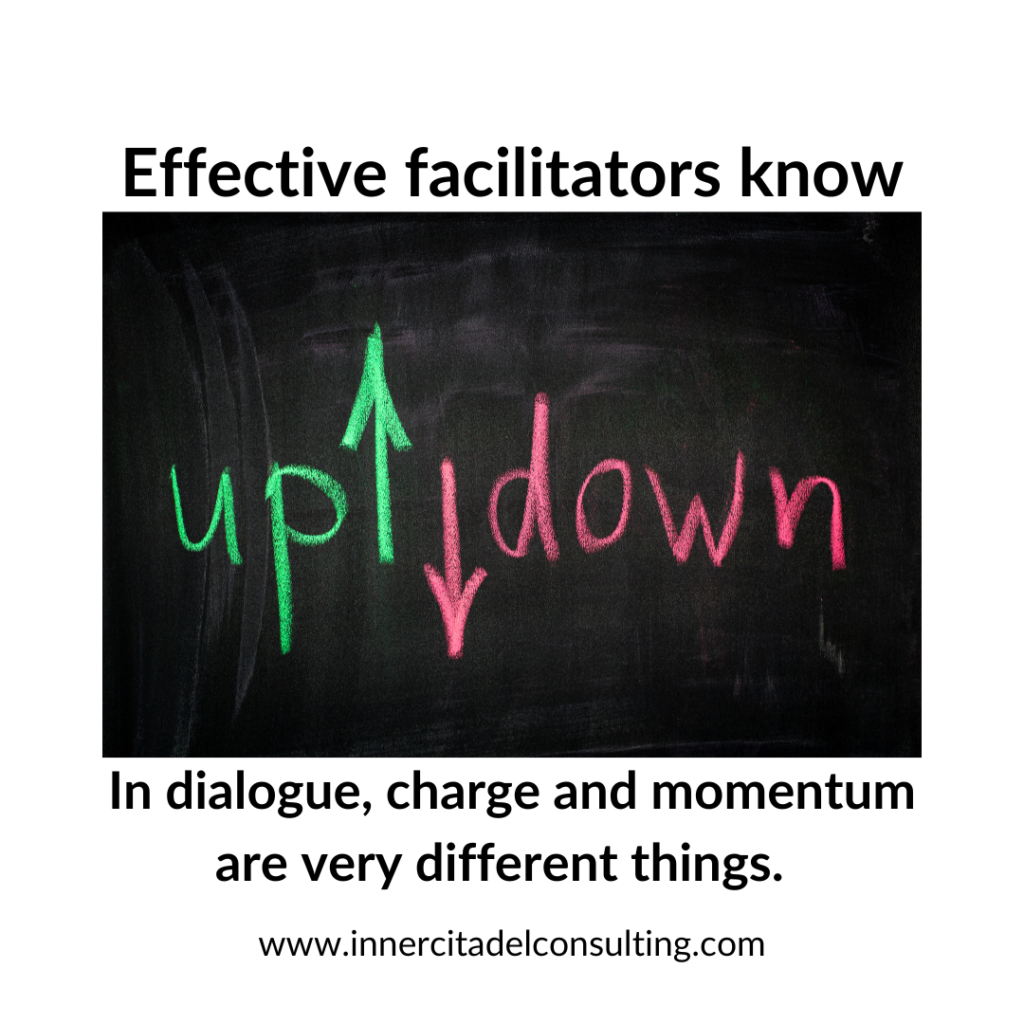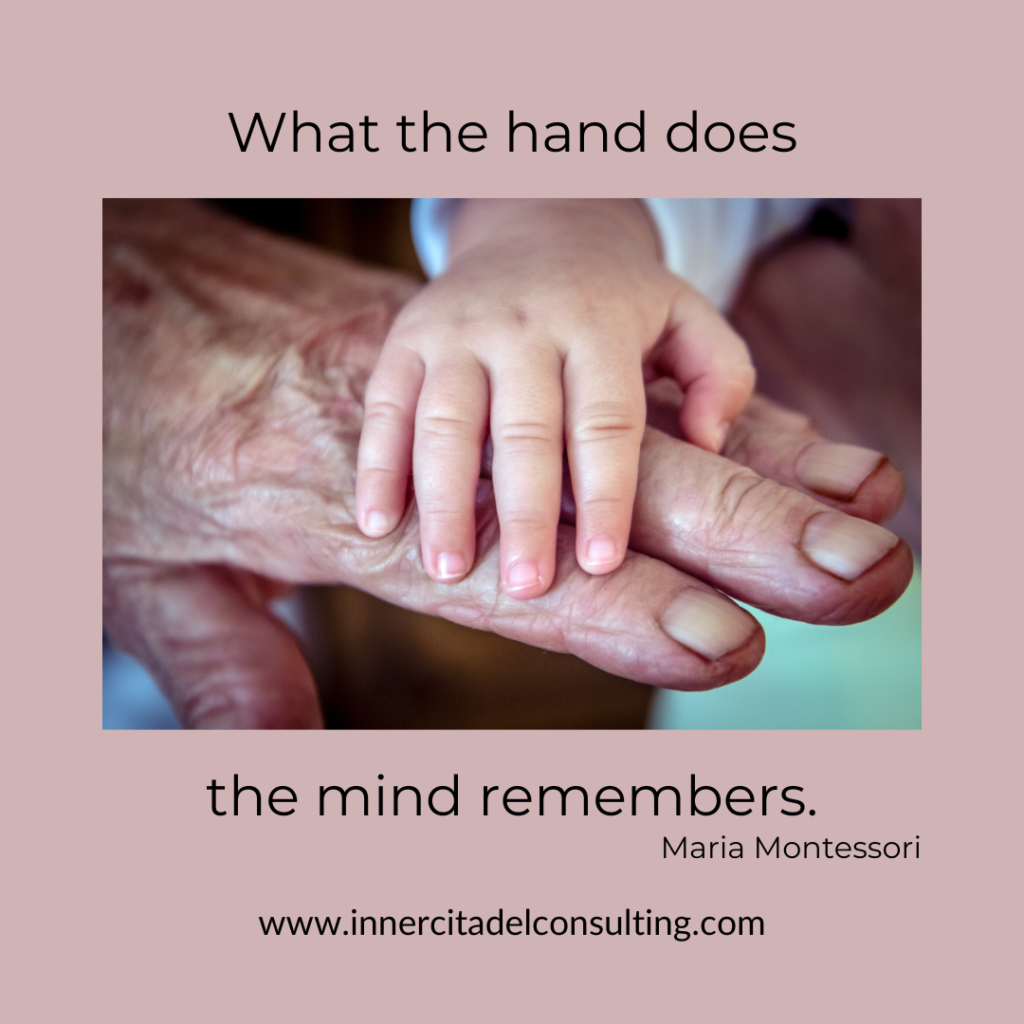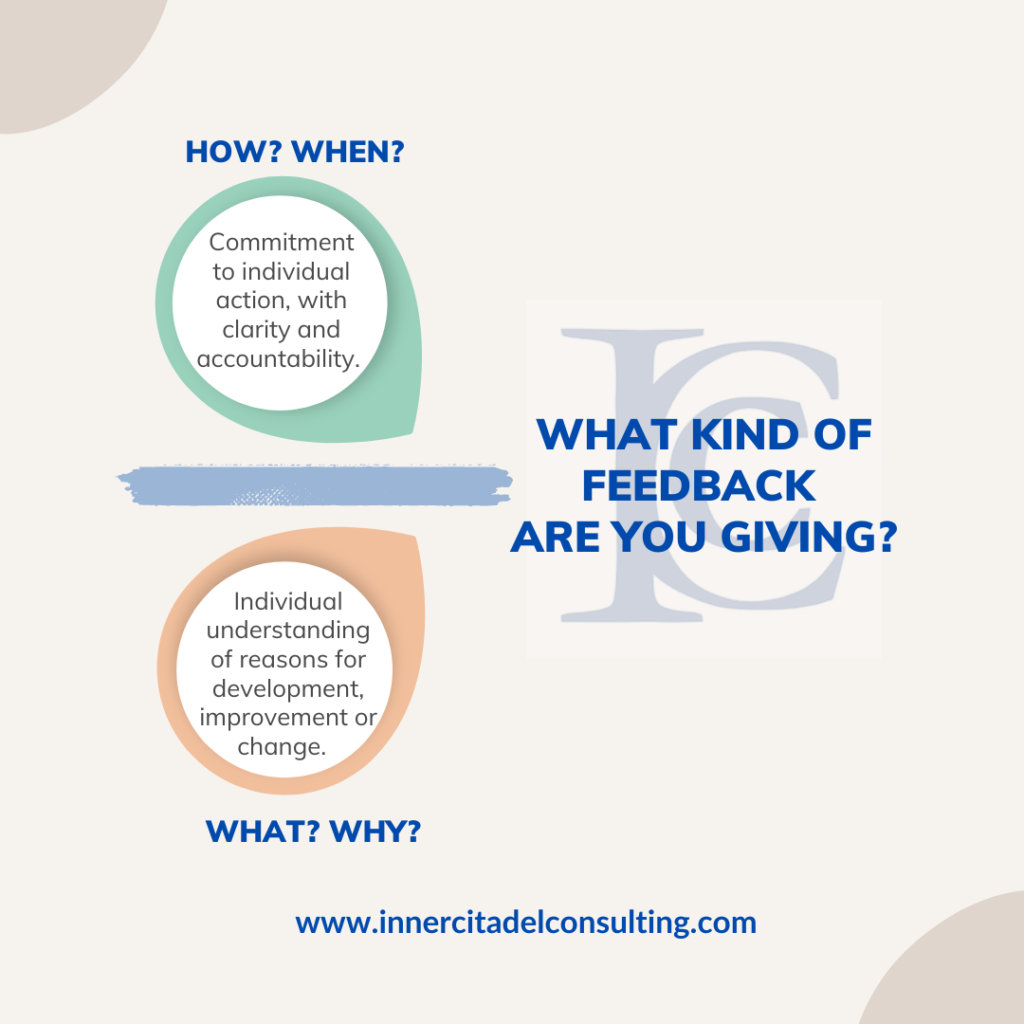Our perspective on who is “out” or “in” is not only morally perilous, it’s organizationally perilous. For the Stoics, putting other people into “out” groups is the root of injustice and evil. But when we extend our sphere of care & concern to others, when we make the most people part of our “in” group and actively reduce our “out” groups, we flourish authentically. It takes a tough mind and a tender heart.
When other things intervene…
It’s been a couple of months since my last newsletter. A big part of the delay has been a capacity issue. Three big projects that required a lot of face time in debriefs (over 30 90-minute debriefs in January!!), onboarding two new coaching clients, planning continuing work with two current clients, hammering out details about the Mindful Campus Compact… add into that all the furor (Latin meaning), holiday time, and the new year … phewf.
But this post, which I started back before Thanksgiving, has also been delayed because of how it has been weighing on my heart. I’m caught on the horns of empathy’s dilemma, bouncing back and forth between being full of rage against the rising hate-mongers (and the scary history of populism and fascism playing itself out again right in front of our eyes) and being full of the desire to understand, led by the powerful question of (and my instinctive and trained connection to non-violent communication frameworks) what human needs have not been met for most of the people who are promoting hate, division, discord, and violence. I have myself had violent and pretty unpleasant thoughts. The easy answer is that people are mostly prone to bad actions and violence.
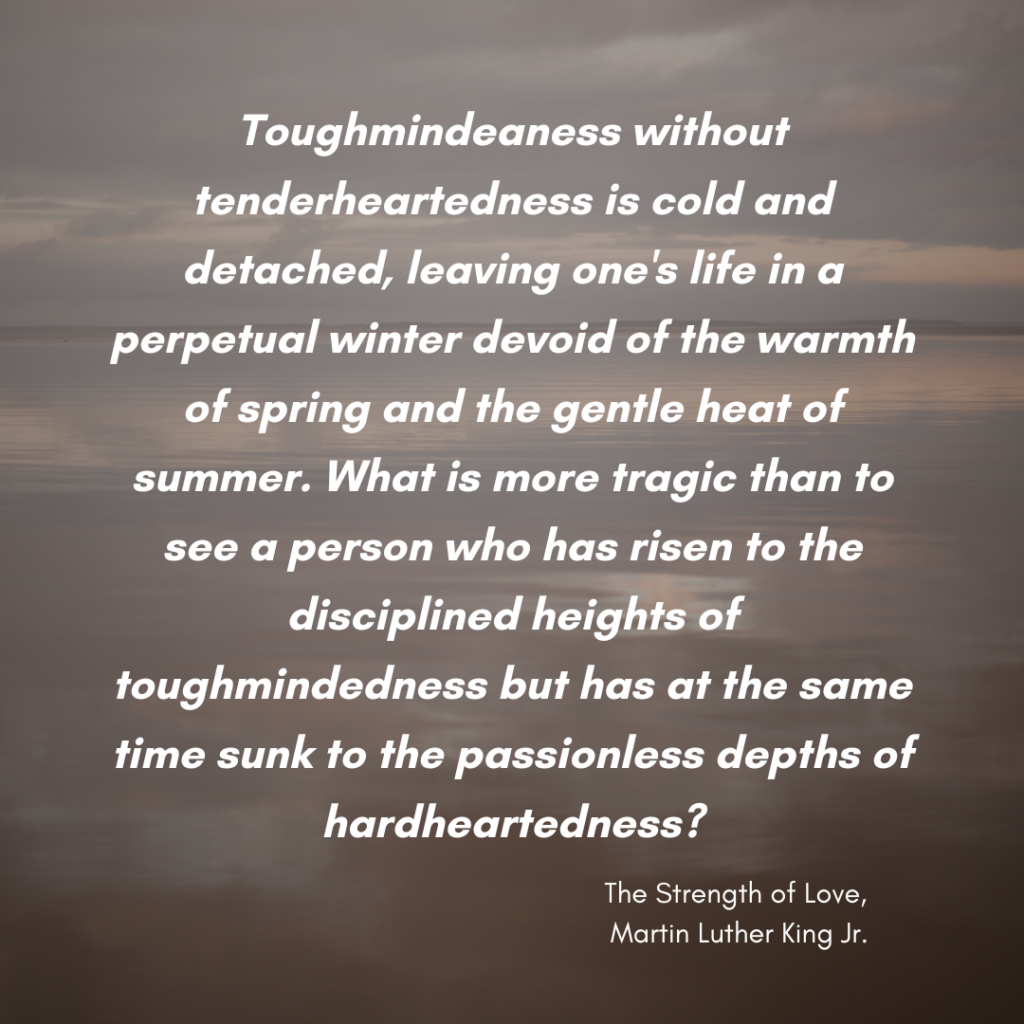
An old problem
I do not believe that most human beings are evil – quite the opposite. So how can people view what are obviously to me bad actions as good? I know, really old question. I have been returning to voices I respect to help me make sense of what I’m feeling, from Homer to the Tao Te Ching, from Mary Oliver to Lucretius. And, of course, Seneca. But it was Martin Luther King Jr.’s Strength to Love that found me the other day and re-ignited my will to finish this post. And a snow day gave me the time. The nine pages of Chapter One “A tough mind and a tender heart” articulated perfectly what I’d been struggling with: when I have tipped to rage, I have had my head and my heart backwards. Can’t say I’m at peace, but I have a way to hold both rage and empathy, and a way to keep rage from moving to hate. I have been really, really close lately. If you need balance, I encourage you to (re)read this chapter.
But what does all this have to do with the workplace? Look out below for the words tough-minded, soft-minded, hard-hearted, and soft-hearted.
When I started this post I’d just come back to Burlington VT from a week in Austin TX, November 5-9, 2024. It was a difficult week for me to be away from loved ones, but I was able to be very productive, had at least 100 conversations, learned some really interesting things, and was reminded of the power of perspective-taking and curiosity. I also ate what feels like 15 pounds of brisket. Really, really, good brisket. A little context.
I was at the annual meeting in North America of Deans from Colleges of Arts & Sciences. For those not connected to Higher Ed, this means it was the middle level leaders who oversee the academic and student services programs that affect all students across the United States. I was once again reminded, as always with this group of people, how much talent, passion, enthusiasm and sheer grit there is among academic leaders. Higher Ed in the US is facing some tough challenges right now, existential, financial, and practical. But anyone who doubts that Higher Ed is a public good should come to one of these conferences to hear about the amazing work my Dean friends are doing.
Hot Tip: unless you engage with the work and leaders in the middle of your organization, you will never fully understand the work anywhere else in your organization.
The Workshop and Connecting to Change
I had been asked to lead a workshop on Empathy, Emotional Intelligence, and Change. My key point in the workshop was that unless you can understand, acknowledge, and work with the emotional experience of change through empathy, no organizational change is going to last. Even short term success will be very, very hard. One of the exercises I lead when talking about empathy is on the power (for good and bad) of in/out groups. Humans are really good at managing our social models and we use our perspective on who belongs and who doesn’t to justify behaviors and actions. We can create hard hearts this way, I think to compensate for soft-minds and the often difficult truths about our workplaces. If you’re hard-hearted and soft-minded, in MLK Jr’s terms, it is easy to be selfish, to keep yourself safe and to eventually find yourself willing to not care about harm – or to directly harm others. Less extremely, it makes it easier to be dismissive, uncivil, uncollaborative, obstructionist, and entitled. Leaders need to be tough-minded about change AND tender-hearted about the experience of change.
In/Out Groups
This linked video by David Eagleman is awesome at explaining the natural instinct of in/out groups and its dangers. It is also a very disturbing video. Eagleman relates the self-imposed training of someone preparing himself to be a mass murderer by actively removing his own capacity to feel empathy. This man was the murderer behind the Utøya massacre in 2011, 22juli as it is known there. The murderer deliberately made social models where these children were “out” and so didn’t raise an empathic response. He made himself into the scariest of people, a soft-minded and hard-hearted killer. Radicalizing groups know this trick too – it’s usually the first and last stage of indoctrination. Reduce your recruits’ will to question or think for themselves, make them soft-minded. Then make your recruits hard-hearted, dehumanize the enemy so you can treat them in inhumane ways.
Placing people into “in” and “out” groups is not inherently bad. Humans do this to a less extreme degree all the time. Read Whistling Vivaldi if you don’t believe me, or watch a school playground. It’s a natural instinct and not *necessarily* bad. The real danger comes when you align a soft-mind with a hard-heart. The soft-minded adoption of other people’s “out” groups or the deliberate promotion of “out” groups is divisive. When we use “in” and “out” status to justify actions, we are adopting the dangerous attitude of non-empathy. We are creating hard-hearts. This attitude is the root of many bad actions and dysfunction in workplaces. I see it on teams all the time, sadly.
You Know How In/Out Groups Work
Among my workshop participants, some of the statements that had been heard a lot in change teams were, “faculty are lazy”, “faculty are privileged”, “faculty don’t work enough”, “faculty resist change”… or “Administrators are the dark side”, “Administration doesn’t care about education”, “There are too many Administrators who do nothing”… Whatever. If you’re in Higher Ed, you’ve heard it and probably thought or said it at some point, probably this week. And those in other industries, just swap out “faculty” and “administration” with your own terms. You know what they are.
Our perspectives on who is “out” or “in” are not only morally perilous, they’re organizationally perilous.
For the Stoics, the “out” attitude is the root of injustice and anti-social behavior. But when we extend our sphere of care & concern to others, when we make the most people part of our “in” group and actively reduce our “out” groups, we flourish authentically. For my workshop, this is the main point about empathy and change – humans adopt many strategies to navigate change and uncertainty. Blame. Inaction. Learned helplessness. Despair. Glib rationalizing. Delay. Avoidance. Withdrawal. Soft-minds, hard-hearts. My workshop participants and I had seen or done all these things in our workplaces. But people leading change must be intellectually rigorous and persistent, they must be TOUGH-MINDED, while also being vulnerable and open about others’ experiences of change, TENDER-HEARTED.

The “Faculty” vs. “Administration”, in/out dynamic is as brutish in Higher Ed as it is pervasive. I have seen it used to justify the most outrageous behavior, disregard, and incivility. Tough minds, but hard hearts. When we generalize into groups, we are building new or reinforcing established in/out frameworks. “You faculty…” “Administration ignores…” “Students today are unprepared…”. From my perspective, these kinds of generalized criticisms are the laziest kind of thinking, evidence of soft-mindedness. I have yet, after over 25 years connected to colleges and universities (as a professional), to see something good come of it.
A Tough Mind, a Tender Heart, and Curiosity
The most evil actions humans do come from extreme application of this in/out capacity of ours: “they’re animals”, “they’re outsiders”, “they’re criminals”, “they’re deplorables”. We’ve all heard it.
The most organizationally damaging actions come from this same capacity. Leaders often use in/out groups to explain why things aren’t working or to avoid dialogue about the real issues. At the same time, our capacity to determine our in/out groups is the greatest organizational good we have. It is in our control to bring people “in”, to actively resist, with tough-minds and tender-hearts, whenever our teams or leaders fall back on soft-minded tactics of “out” groups.
So, the next time you start a sentence with a generalization about others, or the next time you hear someone do it – it’ll be today – get curious. Great questions to ask yourself or the people you’re talking with:
What are the names of the people in the groups you just listed?
What does that statement look like from the other side?
What problem can’t we solve if we are divided?
What difficult conversation do I avoid with that statement?
If I truly believe this, how does it excuse or justify my behavior?
Does this in/out grouping make this moment harder or easier for me?
If you want to be a change leader, toughen your mind. Be incisive, be realistic, be decisive, be pragmatic, be deliberate. But also, soften your heart. Value the needs of others. Be open to perspectives. Acknowledge that change is uncertain and threatening. Reach out to what connects you to the other human beings you work with. Actively monitor how you and your teams use in/out groups to do good work.
“A third way is open to our quest for freedom, namely, nonviolent resistance, that combines toughmindedness and tenderheartedness and avoids the complacency and do-nothingness of the softminded and the violence and bitterness of the hardhearted. My belief is that this method must guide our action in the present crisis in race relations. Through nonviolent resistance we shall be able to oppose the unjust system and at the same time love the perpetrators of the system. We must work passionately and unrelentingly for full stature as citizens, but may it never be said, my friends, that to gain it we used the inferior methods of falsehood, malice, hate, and violence.” Chapter One, section III.

